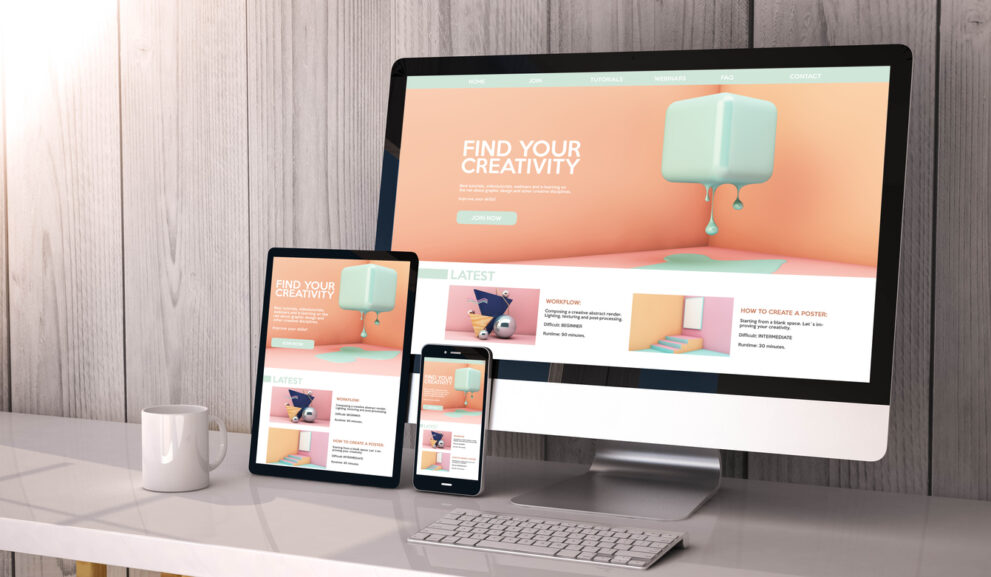

Whilst it might only be July, it’s never too soon to start thinking about what web design trends might be coming and going at the end of 2016 and over 2017. In recent years we’ve seen trends become necessities to web design such as responsive design and are continuing to see the evolution of flat design.
Dramatic typography
These days typography is being used not only for more than just website descriptions and about pages. Lately it seems that large fonts and words are being used within web design in order to add more drama to a website page. From large, abstract headers to small, centred fonts, dramatic typography not only delivers a message but also becomes a key element in the page design, attracting users attention and encouraging users to view the page.
Hamburger menus
Although widely criticised it seems the hamburger menu is still popular in many website designs and looks to be staying for a while yet. The menu, named because it looks slightly like a hamburger, is often used so that site navigation can be hidden on smaller screens such as mobiles and tablets. Despite many criticisms the hamburger menu reaches it’s goal, keeping the web page simple and uncluttered, allows users the choice to open the navigation options when they want them.
Large background images and videos
You may have noticed an increase in this form of design recently, with many choosing to feature large background images and videos featured in the websites layout. Often featuring a large header image in a one page/infinite scroll website, this is a great way to make an impact on the users perception of the website. Using large images and videos allows businesses to use their website to tell a narrative which can be a much more effective way in establishing their brand mission, allowing emotions and ideas to be transferred as soon as the page is open.
Material design
Material design first made an appearance in 2014, launched by Google it uses the concept of movement and depth to create realistic designs. The focus of material design is to create clean, modern designs which focus on the user experience, incorporating the flat design trend with shadows and depth to create a much more dynamic design.
Animations
Animation is another element many are choosing to utilise and incorporate into web design, making the user experience much more interactive and entertaining. With the revival of gifs on websites such as Twitter and Facebook, the animation trend has evolved onto websites in a new way, with websites using animated flat icons and loading animations into pages, it’s a great new way to enhance the websites story telling, creating an interactive experience for all.
Minimalism
Minimalist website design appeared in reaction to “maximalist” design such as flat design and material design. The goal being to create simple websites which convey a direct message often using simple colours, white space and dramatic typography. Whilst this trend continues to develop over time minimal design is proving to be a powerful web design strategy but only when targeting specific industries and audiences.
Don’t forget your usability and your audience come first however and remember to take this into account when incorporating web design trends into your website. Trends come and go and whilst there’s no need to follow trends because they happen to be “in” at the moment, it’s always a good idea to be aware of what’s out there in order to keep developing your website.






